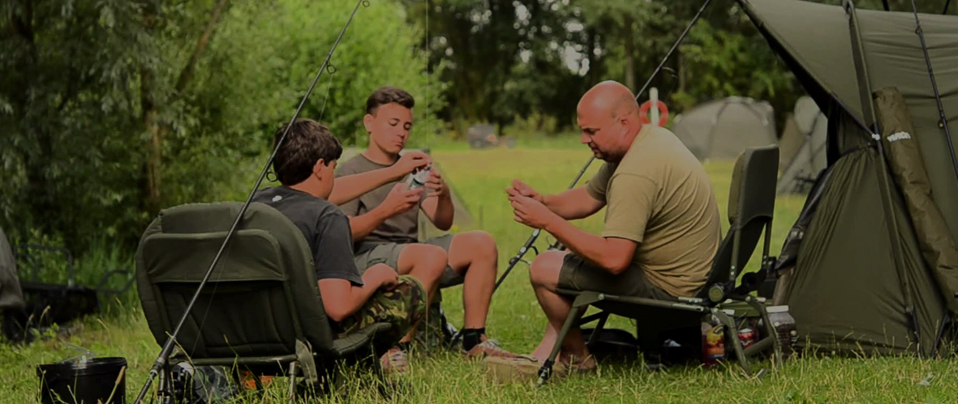

Spring The carp has a strong temperature change. It wil […]
Spring
The carp has a strong temperature change. It will migrate to the living environment as the water temperature changes. In the southern spring, generally speaking, the activity of the carp is still relatively small. Under the suitable temperature between March and April, some Two catties of carp will swim to the shallow water near the shore to forage for food, and a small number of adult large fish will forage for food in a small area of deep water with wide water surface, and will weaken as the temperature rises or falls in the morning and evening. Another point is also very important, because in the early season, most of the adult fish have not yet placed their seeds to shake the sperm, and the belly of the "pot belly" school of fish is always swollen and affects appetite. Therefore, this period is not an ideal season for carp fishing. In the north and even the northeast, the activity of carp foraging in spring is almost zero.
Summer
Summer is the most active season for carp, and changes in weather conditions will disrupt the activity of carp. Anglers can interpret the activity patterns of carp in two stages: the first stage is the initial stage of rain. After a large amount of new water is injected into the reservoir area, the water quality is improved, the amount of dissolved oxygen is increased, and the fish become active. Especially adult carp will take this opportunity to start breeding offspring. In the cool drizzle or sunny morning, people often see large carps chasing after the weeds in the shallows of large water areas or near the rocks near the shore. This is the carp laying seeds, usually at this stage. From late May to mid-June (depending on the rain sooner or later, it may be slightly advanced or delayed). Once the seed placement is over, the adult big carp will enter the thriving food period, almost all the time looking for food, and there will be groups of young carp to search for food in the shallow water area, most of the adult big carp "do not leave home", still Looking for food in the deep water area with wide water surface, it happens to be fishing far away with a sea pole. The second stage is the high temperature stage. During the day, the temperature is high. When the sun rises, the carp swims to the deep water area. It feeds in the cool deep water downstream, and swims to shallow waters for food in the morning and dusk and at night. Grasping this characteristic and using the method of guarding fishing is the best strategy for dealing with big carp.

Autumn
The climate is cool in autumn, and some carps will swim from deep water areas to near shore shallow water activities to forage. At this time, carp bites will occur when fishing far, near, deep and shallow, and foraging is very active regardless of morning or evening.
Winter
In winter in the south, as long as the weather is clear before mid-December, there will be higher temperatures. For carps whose water temperature is above 10C will open their mouths to eat, the first half of winter is still a good time to find food. "Beautiful view", at this time carp will move for food in the water area of 2 meters to 5 meters from 7 or 8 in the morning to 4 or 5 in the afternoon. Therefore, fishing friends from various places often have good news about winter fishing for big carp.
The carp's active foraging status will change with the good or bad weather conditions. In the second half of winter, the temperature is getting lower and lower, and occasionally the temperature rises in particularly good weather, but it is not enough to promote carp foraging, especially in the north, so fishing is basically stopped during this period.